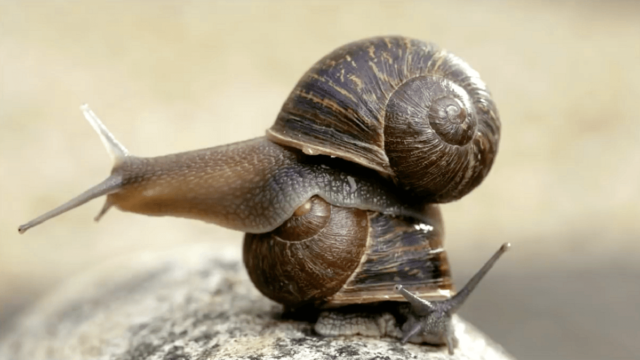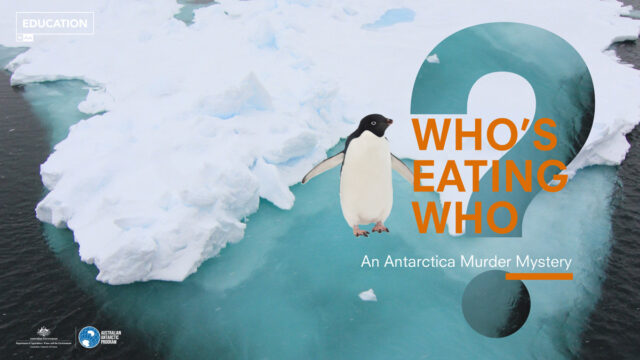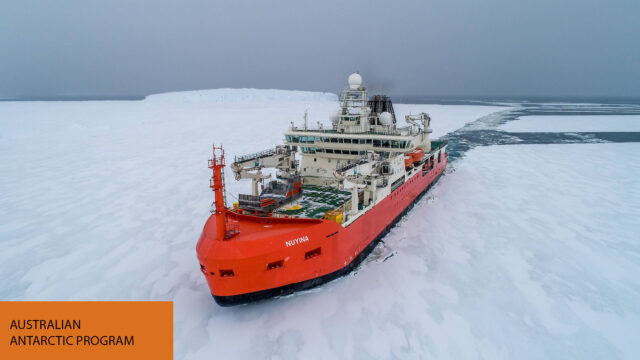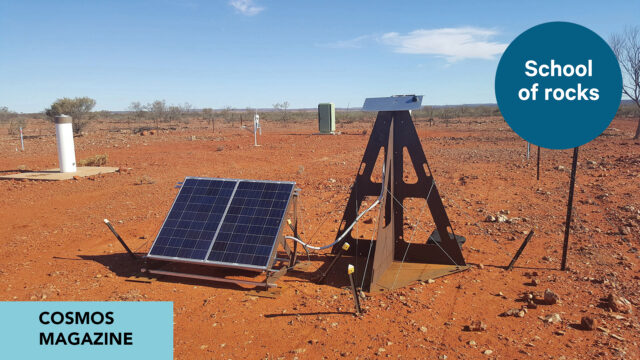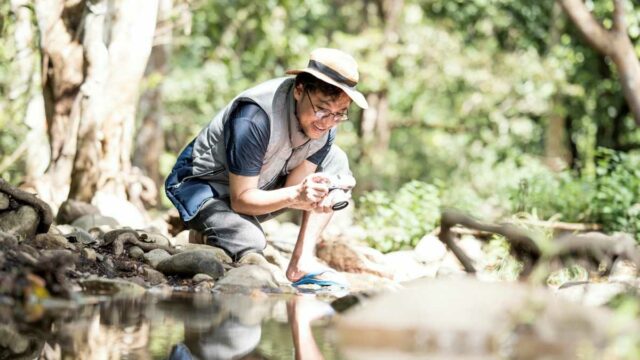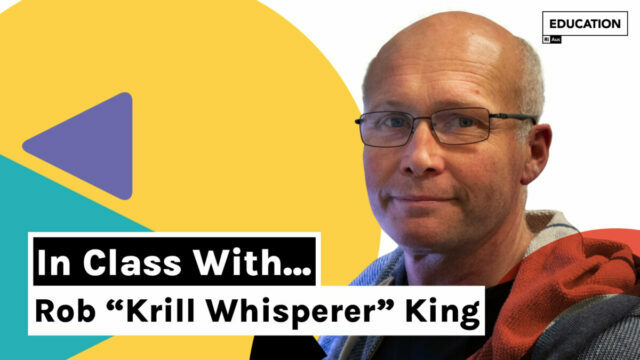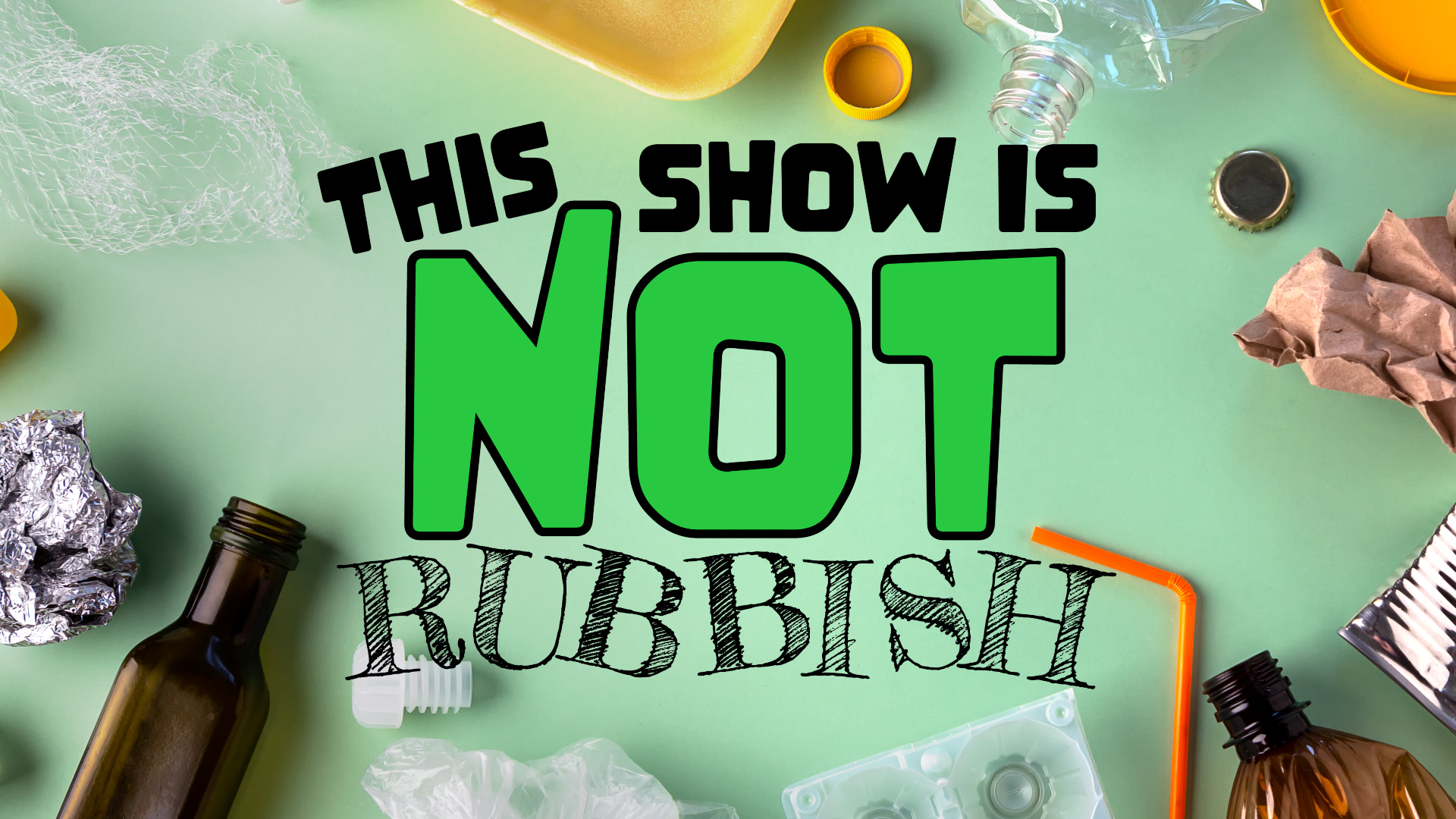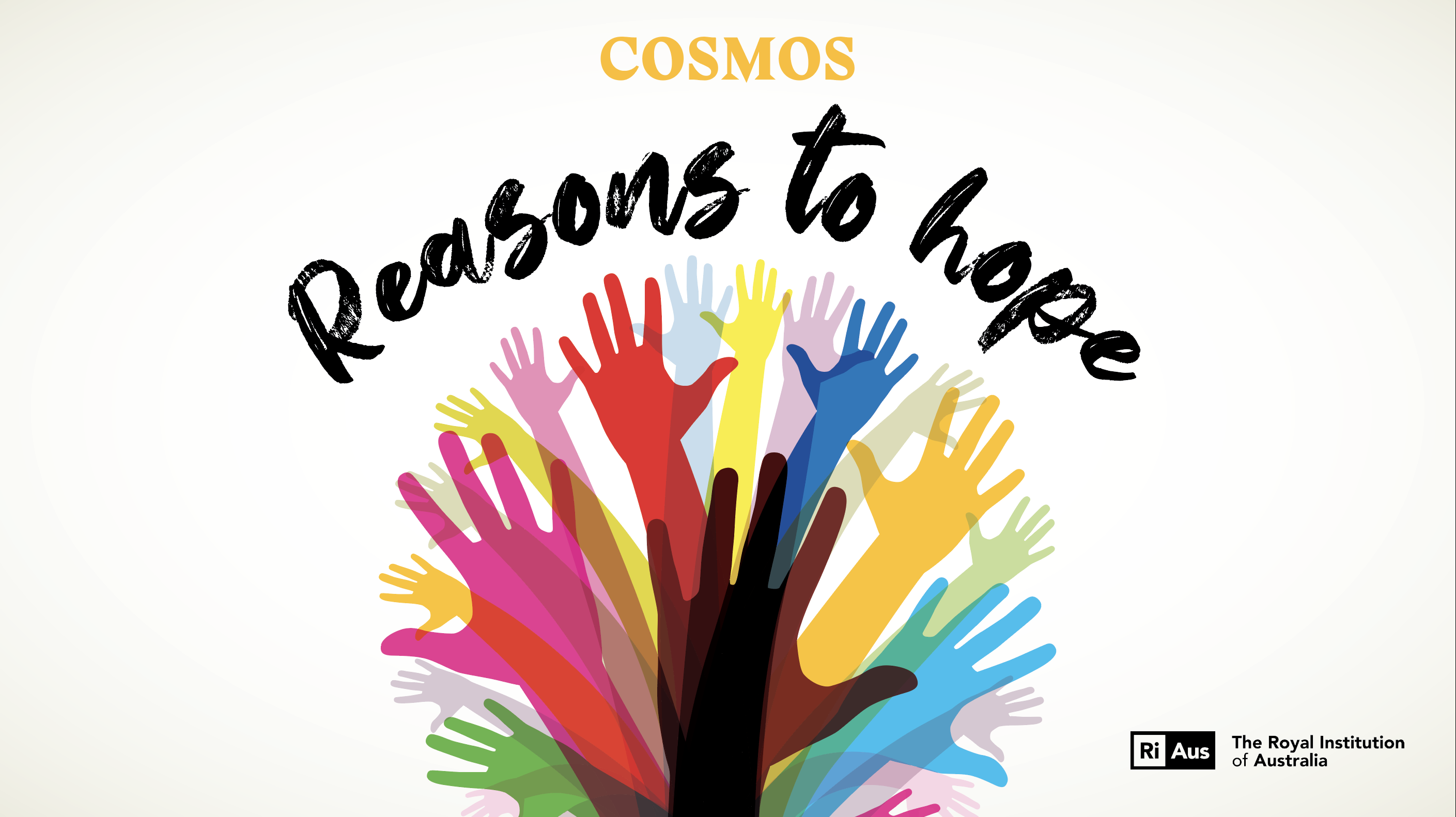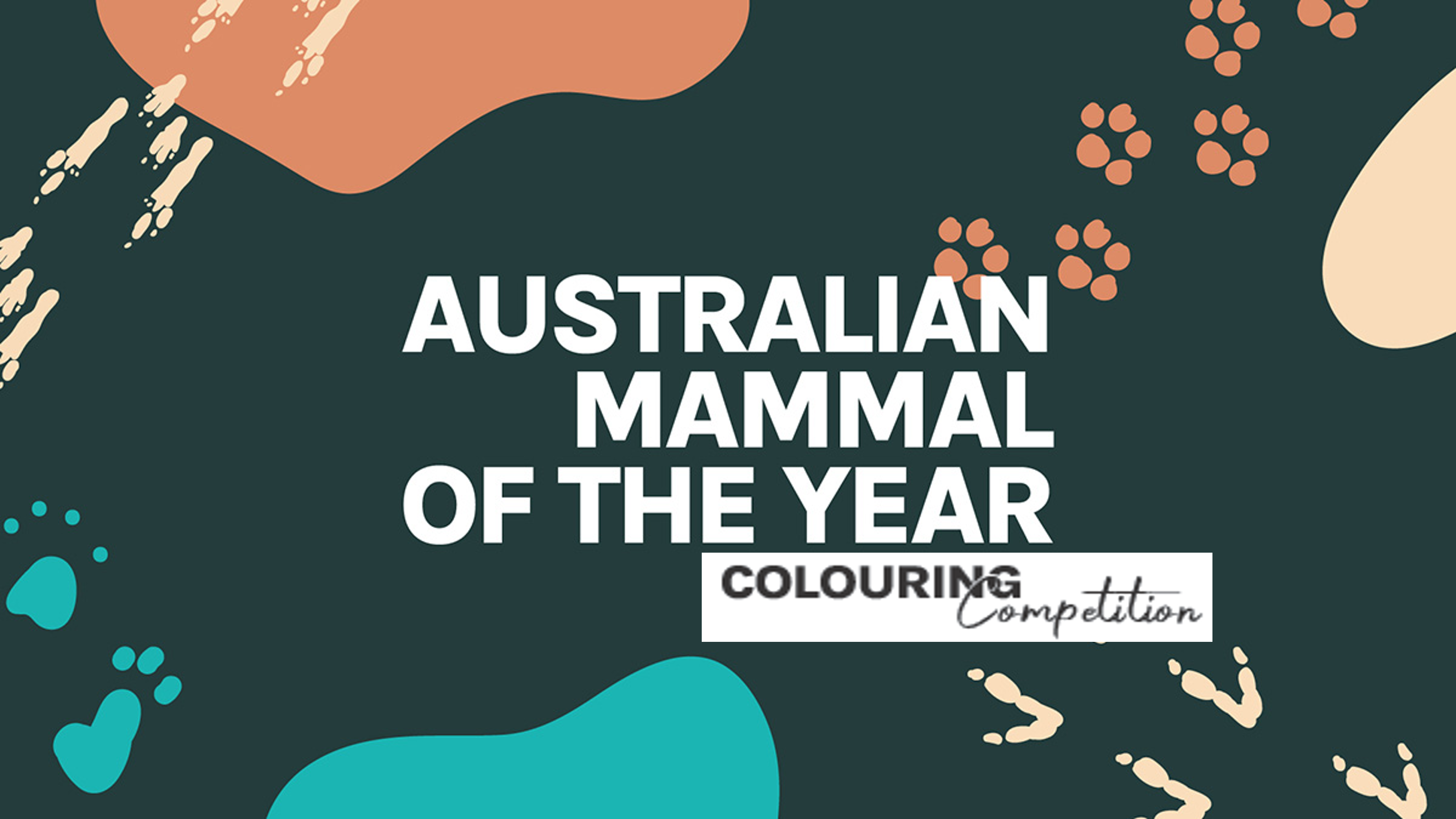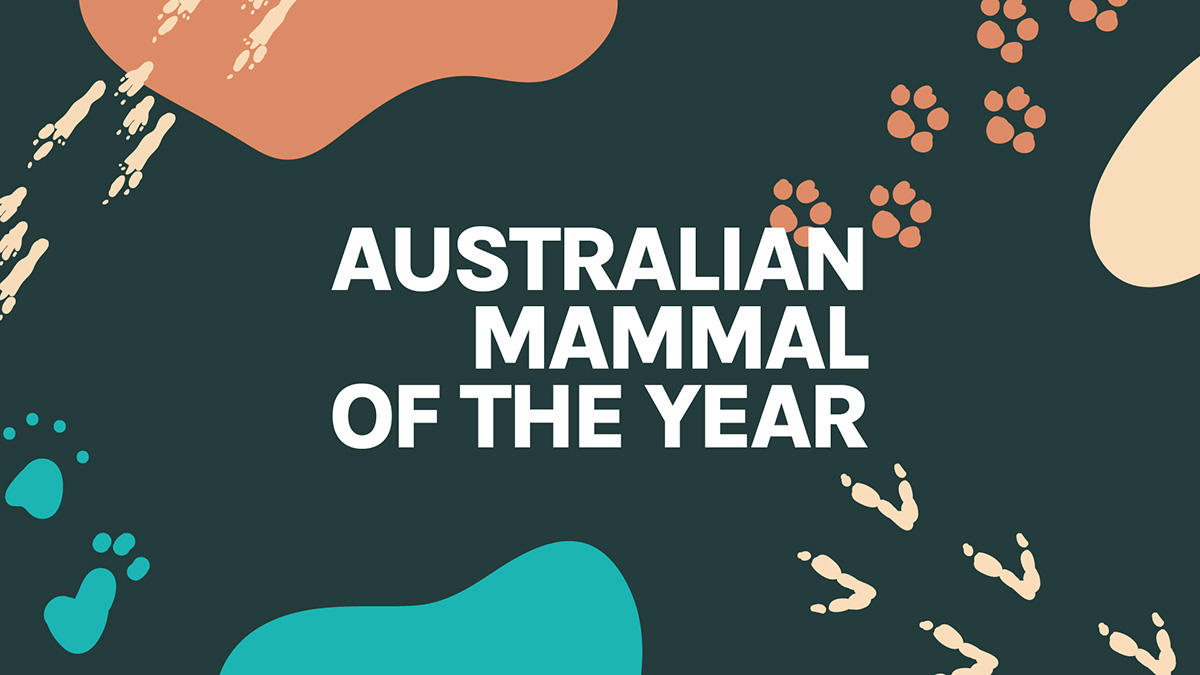Explainer: Why is the sky blue?
Why is the sky blue? It’s a question that only leads to more questions.
Use this resource with Year 5 students learning about the behaviour of light, including reflection and refraction. The accompanying interactive student activity is great for introducing the topic or it could be used to review and consolidate learning.
Explainer: Why is there asymmetry in nature?
From lefty snails to deadly chemicals, asymmetry in nature is more common than you think.
Use the free student activity to help students apply knowledge of adaptations, genetic mutations and elements and compounds.
…and partnered up with the Australian Antarctic Division to learn about Antarctic science.
Who’s Eating Who: An Antarctic Murder Mystery
Can you solve the mystery of why the krill are disappearing?
Use your knowledge of food chains in this fun activity for Year 7 Biology students learning about ecosystems and human impact.
Ship Of Firsts
Australia’s icebreaker RSV Nuyina has risen to the challenges of its first Antarctic voyage, notching up an impressive list of firsts.
Learn more about Australia’s newest icebreaker, RSV Nuyina and its maiden voyage, in this resource for STEM students.
Get more Antarctic science resources here.
We resourced our favourite articles from Cosmos magazine…
Life on Mars
Exploring The Red Planet Up Close And Personal
Sure, as they say: it’s just a game. But as PETRA STOCK discovered, the current crop of virtual reality games about life on Mars are informed by real science and real data – and there’s no reason why a player won’t be among the first Mars colonists in future decades.
This article and student activity help students familiarise themselves with the conditions on Mars. Students are required to think about living things needs and material properties that would allow them to be among the first Mars colonists
School of Rocks
How are we here? Why is the Earth the way it is? The way life arose in our solar system remains a fascinating mystery. Beset but not daunted by kangaroo scat, this astrogeologist – an alumna of NASA’s Astrobiology Institute – is piecing together the origins of life on Earth, meteorite by meteorite.
Find out how the Desert Fireball Project is using technology to examine meteorites in this resource for Year 5, 8, and 10 students studying science. This extended resource is well suited to those learning about Earth in space.
Find more Cosmos magazine resources here.
How do you stage A holographic CONCERT?
From speeches by long-dead football coaches to concerts from legendary musicians still very much alive, what does it take to create and present a holographic performance?
Explore the reflection and refraction of light in a fun way in this STEM resource for Year 5, 9 and Senior Secondary Physics learners.
Sticky Business
ver wondered why some things are sticky and others aren’t?
Apply knowledge of elements, compounds and chemical reactions, and learn about chemical attraction in this resource about the chemistry of stickiness and the mechanisms that control it. This resources is most suited to Year 7, 8, 9 and 10 students studying chemical and biological sciences. Download the student activity and teacher guide (including full lesson plan) to design your own sticky tape tester!
Find more Cosmos magazine resources here.
…and got hands on in research with Citizen Science.
Get involved in scientific research with citizen science!
Why is citizen science so important and how can you find the right project for you?
This interesting article outlines various citizen science projects and resources that allow you to get involved with hands on scientific research.
These citizen science projects might just help kickstart your journey to becoming a citizen scientist!
Australians are helping scientists get vital data this spring. Here’s how.
Using smartphone and web-based apps, the public are spotting the country’s rarely seen animals.
This interesting article outlines projects and resources that allow you to get hands on with scientific research this Spring.
Citizen science projects actively involve citizens in scientific endeavour that generates new knowledge or understanding.
…plus we asked some big names in STEM your BIG questions.
In Class With… Dr Georgia Ward Fear
Tropical ecologist, reptile biologist and explorer, Dr. Georgia Ward-Fear took on questions from school students around Australia in this exclusive In Class With… event.
For students learning about the use and influence of science, and human impact on the environment, this In Class With… will inspire, engage and answer all the big questions!
In Class With… Rob King
Marine Research Facility Specialist, Rob King aka The Krill Whisperer took on questions from school students around Australia in this exclusive In Class With… event.
With questions about his career pathway, the design process and advice for students, Rob King inspires students to do what they love and make the most of opportunities.
Find all of our In Class With… series here.
Here at Education RiAus we have had a busy year creating inspiring STEM resources, attending conferences and preparing for live events. It has been great to get out and about, chatting all things education and showcasing resources face to face.
We know 2023 is going to be another year of excellent resources, so keep an eye out for more. We will begin to publish these in Term 1.
Have a well-deserved, restful break and we will see you again soon!


